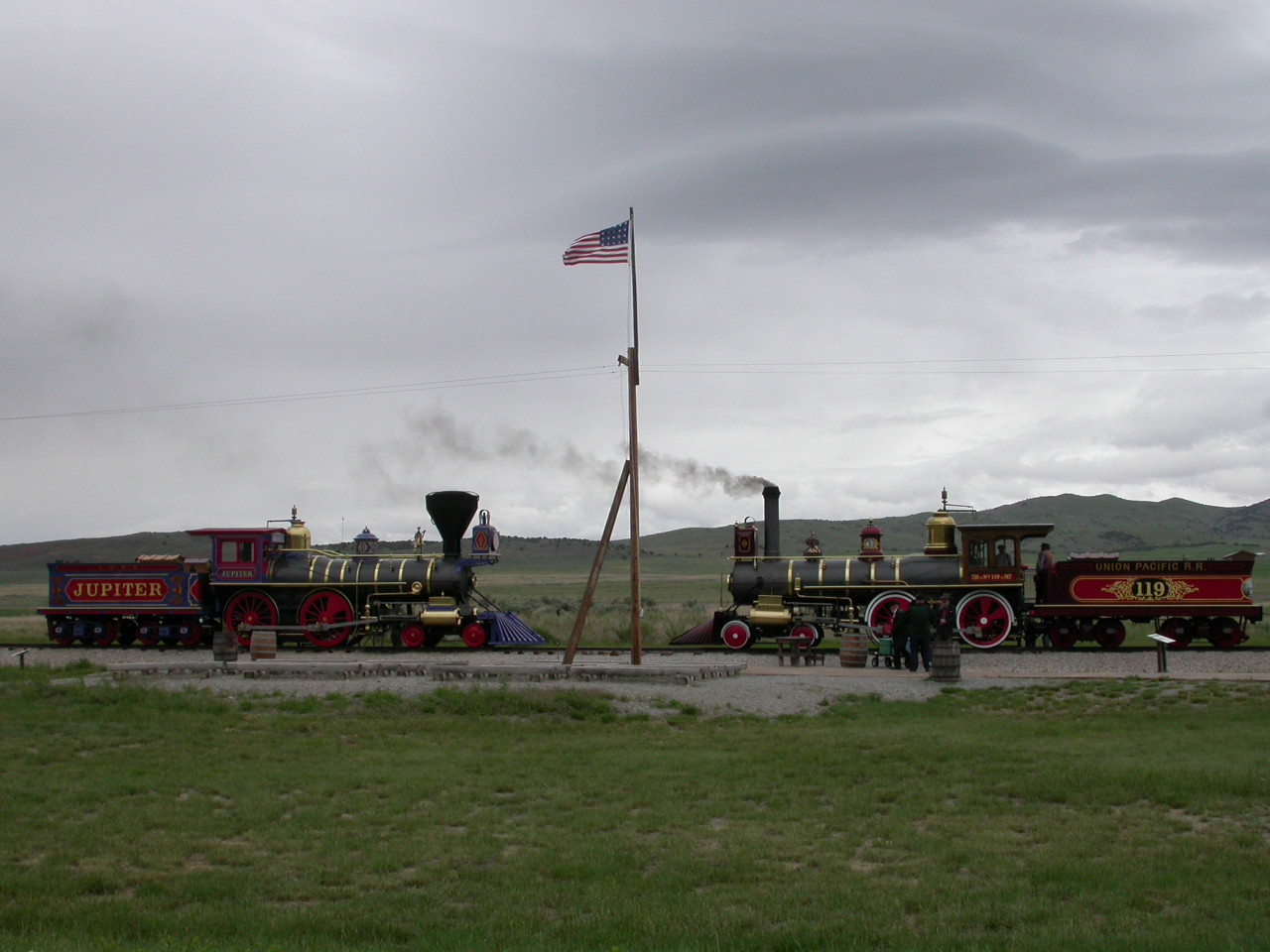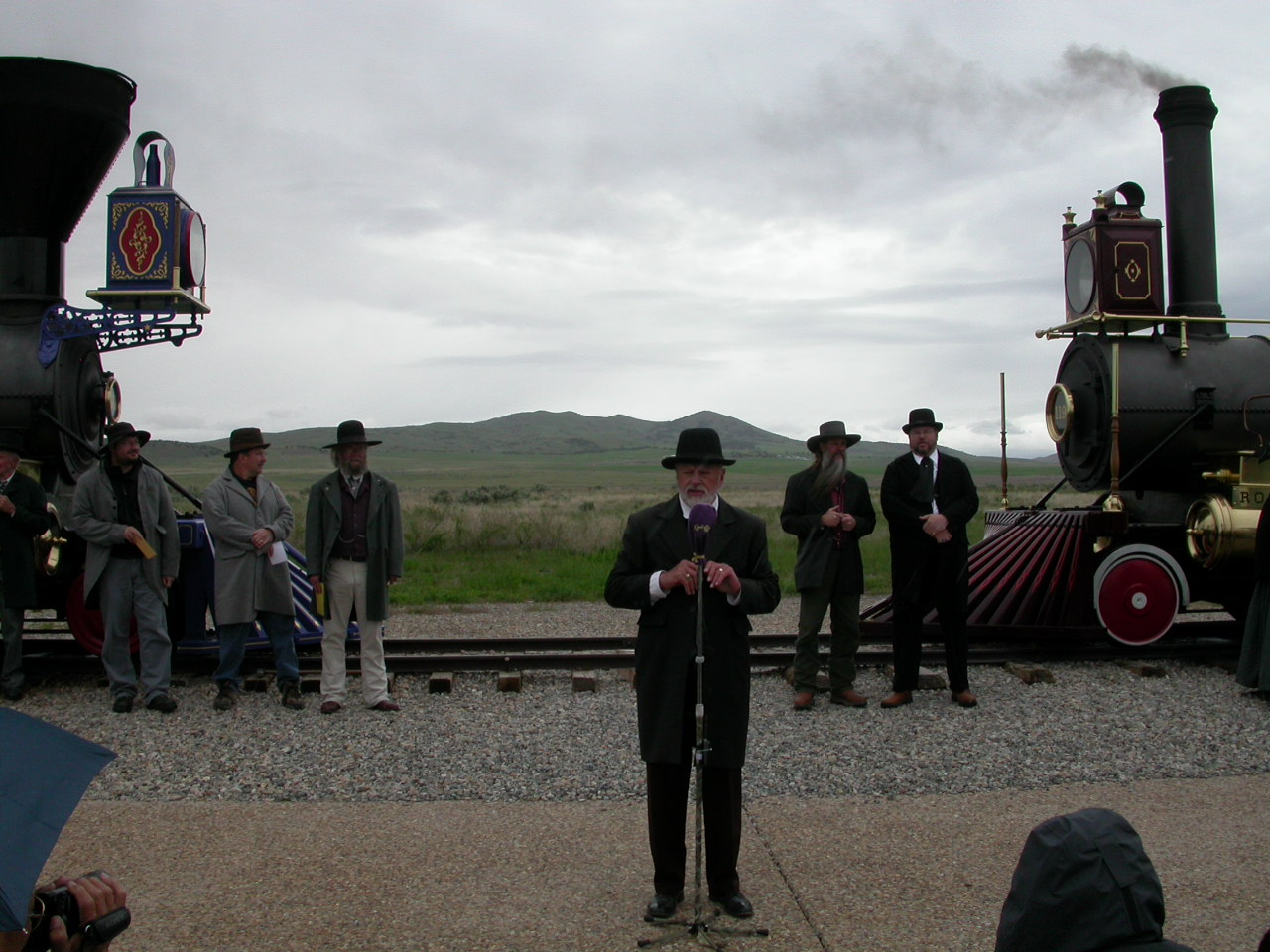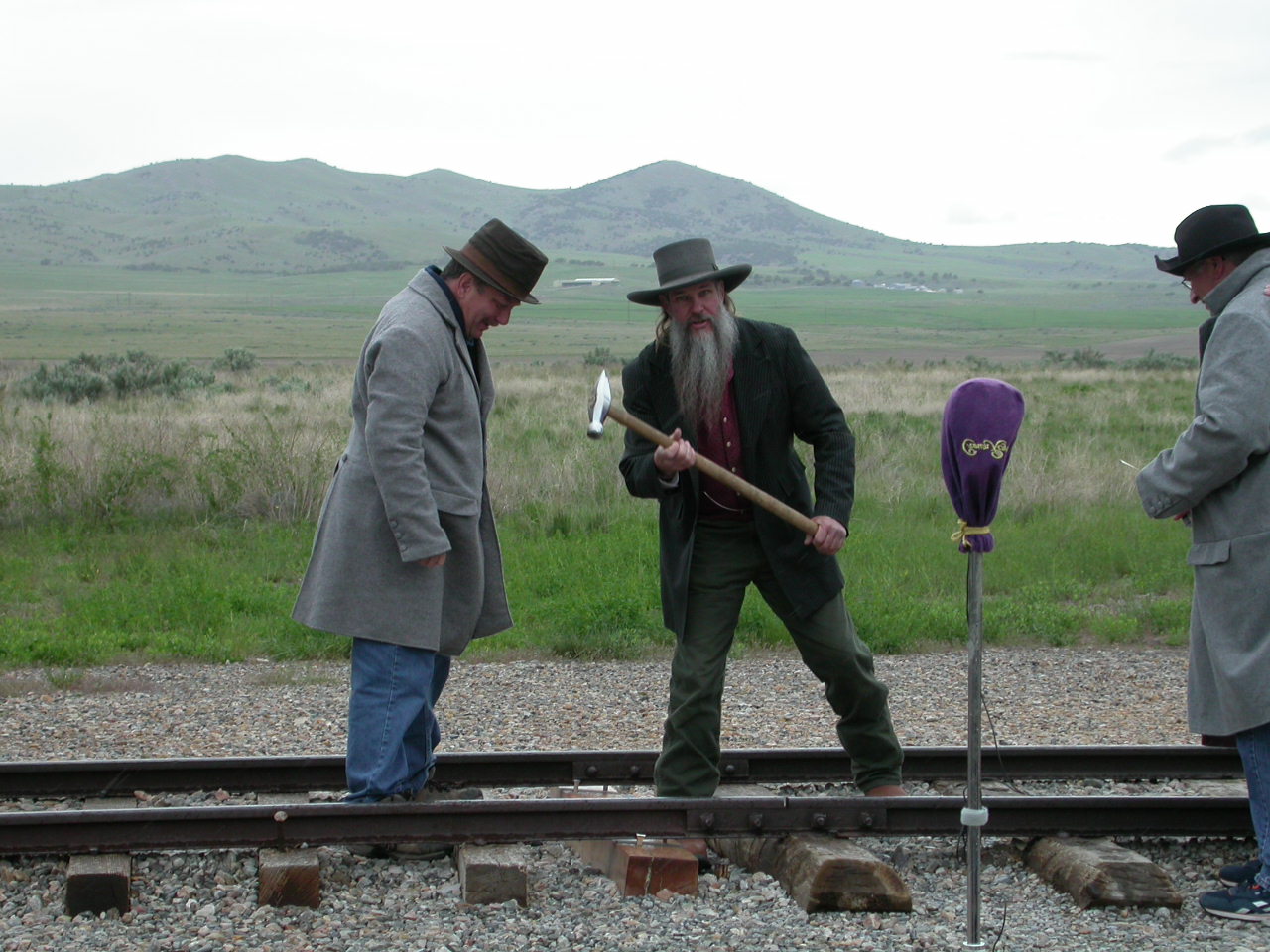June 12, 2010 - Stone ID

Meanwhile the deserts are green, or at least much greener than usual as almost daily rains continue into June. We may have been rained on each day so far this month, mostly in eastern Washington and Idaho. We thought we were done with rain when we left the Pacific coast. Mostly, here, the rainfall has been light and sporadic. The clouds appear more ferocious than the rain that results and give us a wonderful ceiling in this big sky country.
The weather prevented our venture into northern Nevada and the Ruby Mountains there. The ranger on the phone said, “The campground is closed and the trailhead is inaccessible since the mudslide. Besides, the snow is deep on the mountain.” Our plans were changed quickly and here we are in the Curlew National Grassland where the Long-billed Curlews make their crazy song and churl-churl-churl over the sagebrush.


This skit is one of a few we have encountered in these parks and always they have been wonderful. The leader and coordinator for the show here, one John Watt retired electrical engineer, wearing a fine period suit, brought forth a fine show for an audience of about fifty souls. Almost five hundred attended the original ceremony at this remote spot.
The location for the meeting was somewhat arbitrary as the two contractors’ crews had run their grades 250 miles past each other (this was a government contract) and it made sense to have the tracks meet somewhere between the two end points. The railroads, under some pressure from President Grant, agreed to connect at a point about the middle of the section with the two parallel grades. That the spot was (and is) in the middle of nowhere was resolved by one of the contractors, Union Pacific, immediately selling its track to this point from the next nearest city to the other contractor, the Central Pacific. The President of that company and Governor or the Golden State, one Leland Stanford, (no conflict of interest there, I guess) took home the golden spike so it wouldn’t get lost. It is no surprise that it ended up in the college that now bears his name.
This evening we sit in our little motorhome as the rain falls and the thermometer reads 50 degrees F. If it stops we’ll take another walk up the canyon before dark. Last evening we enjoyed a fine stroll there gazing down at the little reservoir and up at the grassy and green mountains. Nighthawks “peenting” and whizzing by closely snarfed flies rising from the lake as sage thrashers serenaded the evening with their continuous soft song. We turned around where the canyon turned in front of us above a grand meander. There we were greeted by a flock of bank swallows that had clearly made a colony on the bank below and resented our presence. We returned to camp as the sun sank over partly snow draped peaks to the west and sharply illuminated the ridge to the east as we and the sagebrush prairie fell into the shadow. This is what we came west for, and we are enjoying it.
- woodstrehl's blog
- Login to post comments
